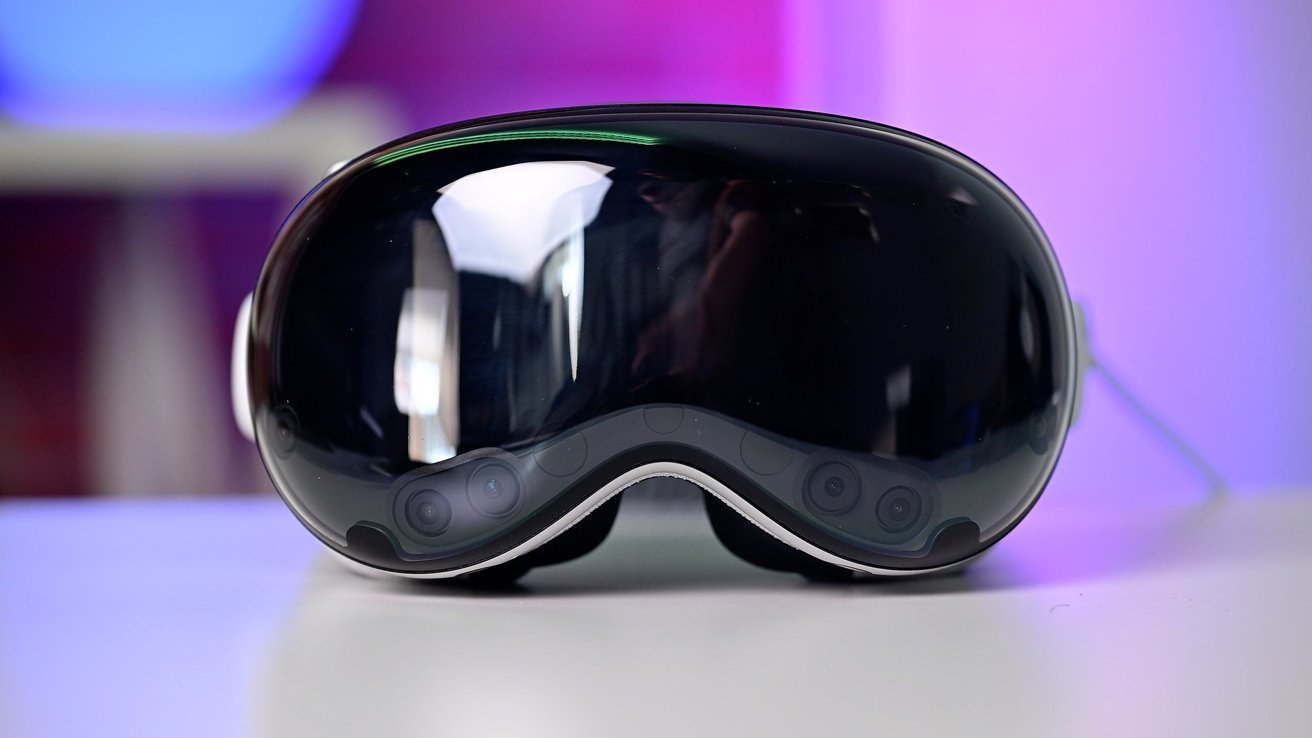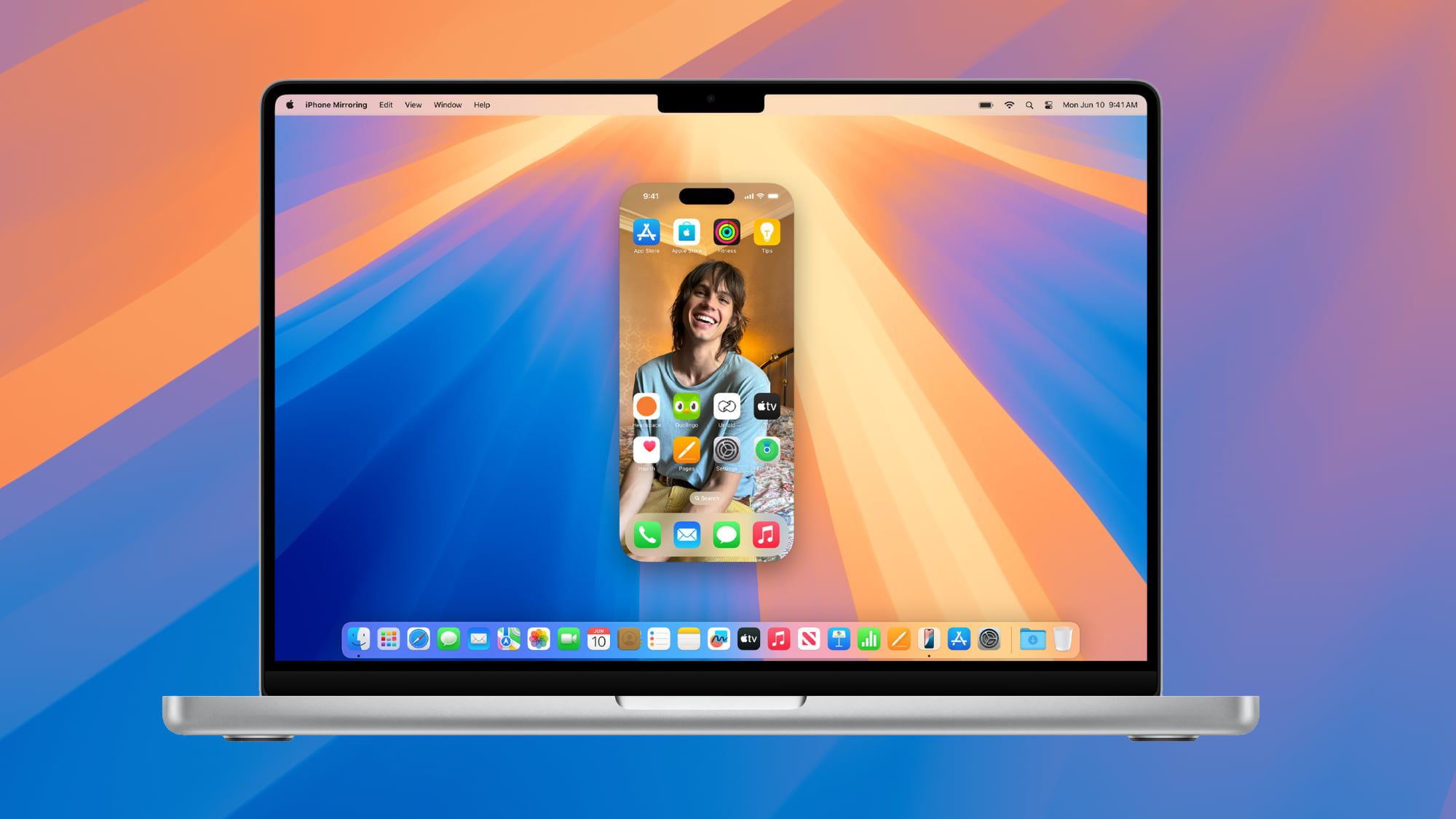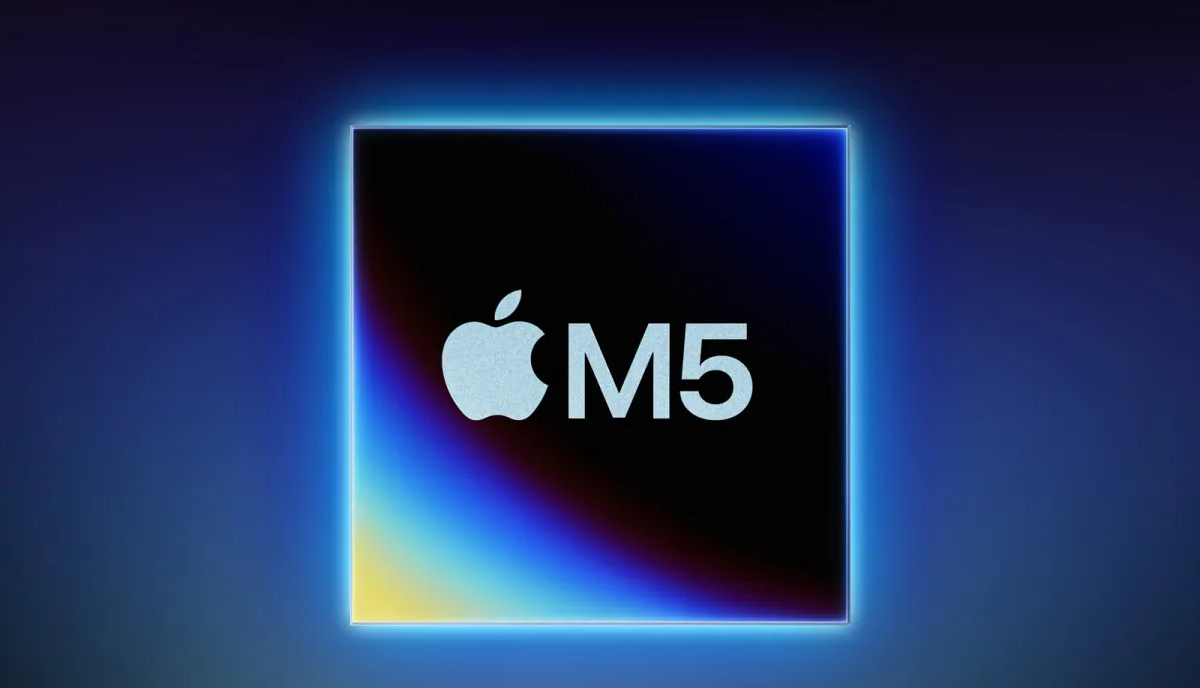Apple’s team of clever scientists has made a little robot that looks like a lamp, with movements that feel very real. You can see all about it on their special research website. This robot, which kind of looks like the playful Luxo Jr. from Pixar, might just be a sneak peek into what Apple has planned for the future.
In a video, we see this robot acting very much like a friend. Someone asks it about the weather, and the robot turns to look outside the window before telling them it’s a nice day for a hike. But when it hears it’s not invited, the robot seems a bit sad.
In another scene, the robot follows the person’s hand signals, adjusting the light just right for taking photos with an iPhone. At another moment, it gently nudges a mug towards someone as a reminder to drink water.
The robot also helps by showing a tutorial video on the wall when someone is trying to build something new, like a 3D printer. And for fun, it dances to music, making it feel like a companion rather than just a machine.
The researchers, including Yuhan Hu, Peide Huang, Mouli Sivapurapu, and Jian Zhang, noted that making the robot move in a lifelike way really makes people want to interact with it more than if it just did simple tasks.
According to Mark Gurman from Bloomberg, Apple might be working on something similar with an iPad-screen on a robotic arm. They’re thinking about announcing this cool device maybe in 2026 or 2027. This robot would understand your voice commands, like “look at me,” especially useful during video calls.
This robot could be a fancy version of Apple’s upcoming smart home hub, expected to come out soon and priced around $1,000, though plans might still shift. This little robot friend from Apple is not just about tech; it’s about making our daily lives a bit more fun and interactive.






